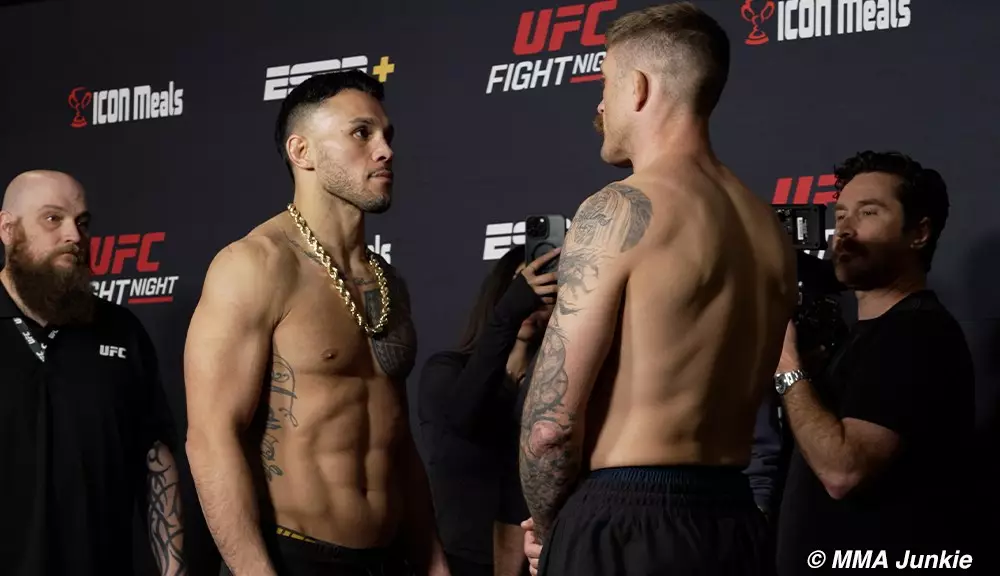The UFC’s recent implementation of the Promotional Guidelines Compliance program marks a significant evolution in how fighters are compensated, reflecting a growing recognition of their hard work and dedication. As seen in the $161,000 distributed after the exciting matches at UFC on ESPN 65, this new program replaces the previous Athlete Outfitting Policy, signifying an important shift in priorities. The evolution acknowledges not just the fighters’ performances inside the octagon but also their brand value and overall contributions to the sport.
The Financial Breakdown of Fighter Payouts
Looking at the payouts distributed during UFC on ESPN 65, it’s clear that the new structure is not a mere superficial change. Fighters like Lerone Murphy and Josh Emmett received substantial amounts, reinforcing the notion that experience and visibility correlate with financial reward. Under the revamped guidelines, the tiered payout system enables fighters to earn varying amounts, enhancing financial fairness based on the number of bouts competed. Those with the most experience, including champions and title challengers, see their earnings swell significantly—up to $42,000 for challengers. This tiered system ensures that those who garner more attention and effort reap appropriate rewards, which is a commendable development in the realm of professional sports.
Fostering Brand Loyalty through Merchandise Royalties
Another major advantage of this new pay structure comes in the form of ongoing merchandise royalties. Traditionally, athletes in combat sports have done well from direct fight purses, but the ability to earn a percentage from merchandise sales featuring their likeness stands to empower UFC fighters like never before. The promise of 20-65% royalties is a game-changer; fighters can benefit financially from their popularity long after they have stepped into the ring. This strategic move not only incentivizes fighters to brand themselves but also cements the long-term viability of their careers.
Navigating the Path Forward for Fighters
Despite the positive changes, it’s crucial to recognize that challenges remain. While the payout system and supportive measures tell a promising story, there is still a sense of disparity among fighters in terms of visibility and marketability. Emerging athletes may find it difficult to break into the lucrative upper tiers, often needing to rely on external endorsements or social media presence. The UFC must continue to work towards creating pathways for lesser-known fighters to reach their full earning potential. It’s essential that the organization nurtures talent in a way that uplifts all fighters rather than creating a divide between the elite and those still finding their footing.
The Wider Implications for Combat Sports
The UFC’s new approach not only elevates fighter compensation but also sets a precedent for other organizations within mixed martial arts and beyond. By prioritizing fighter welfare and encouraging personal branding through merchandise, the UFC is shaping a more sustainable model for future athletes. This might even inspire other combat sports organizations to reevaluate their own pay structures, leading to industry-wide enhancements that prioritize the financial wellbeing of athletes as a core value. The changes indicate a paradigm shift that enhances transparency, fairness, and overall fighter satisfaction—factors that could ultimately contribute to the growth and popularity of the sport itself.

